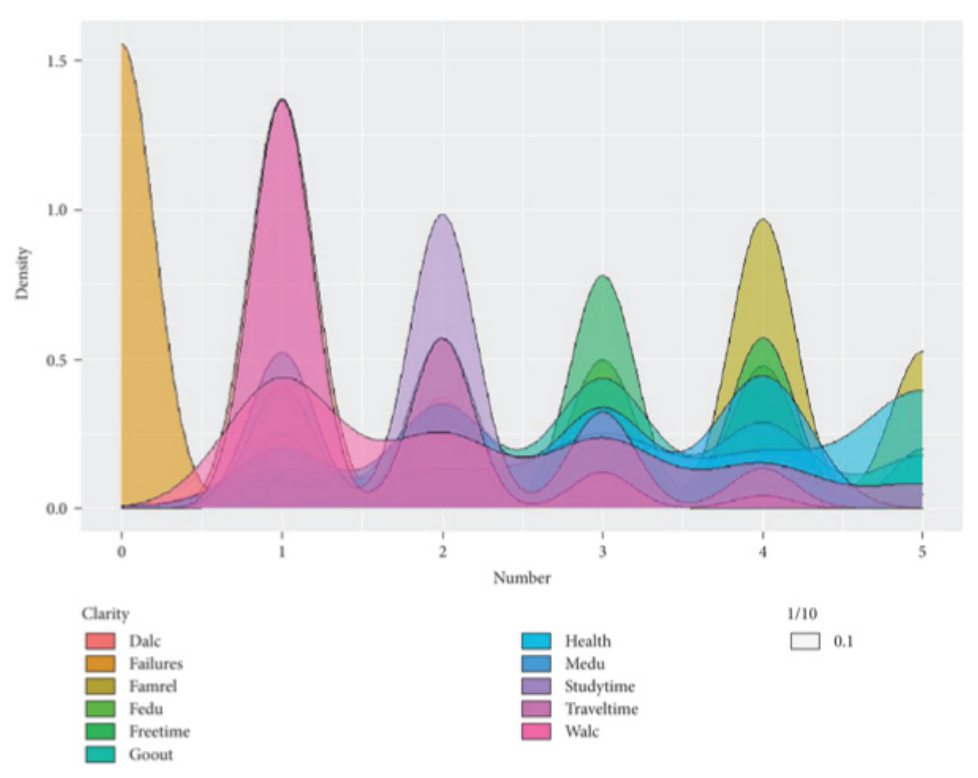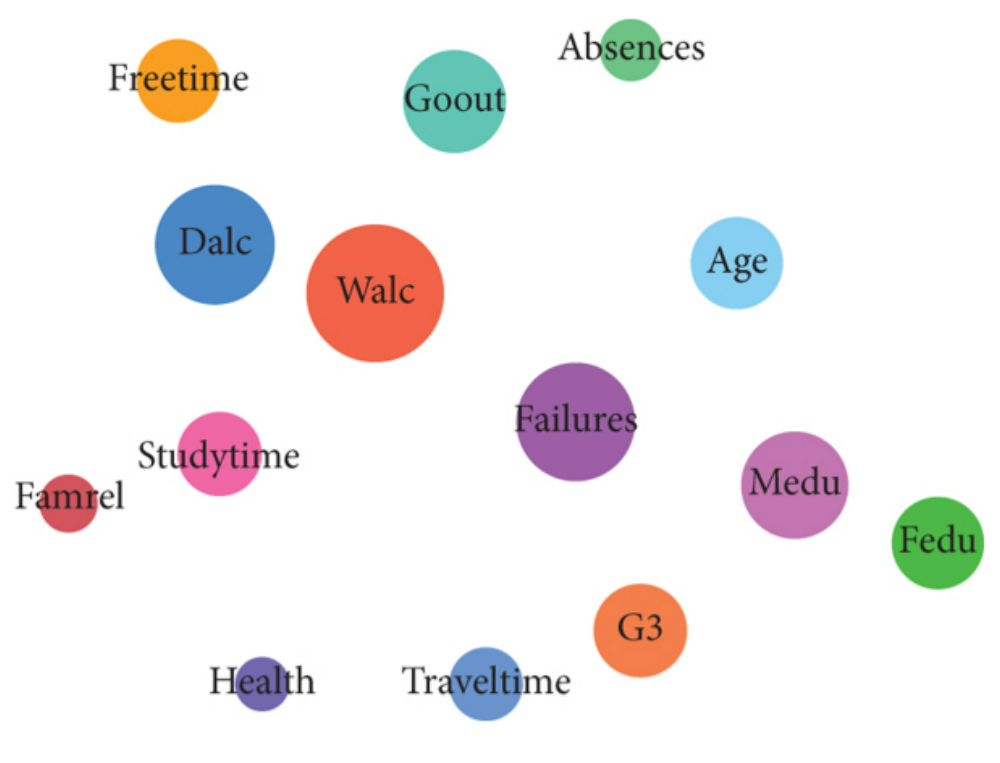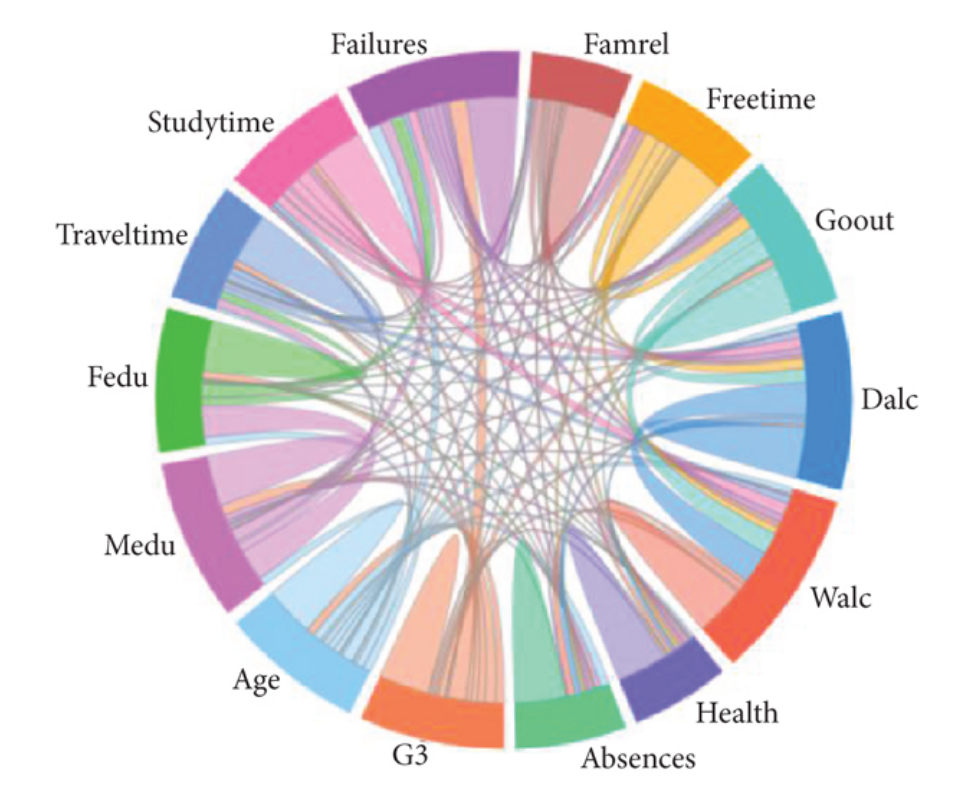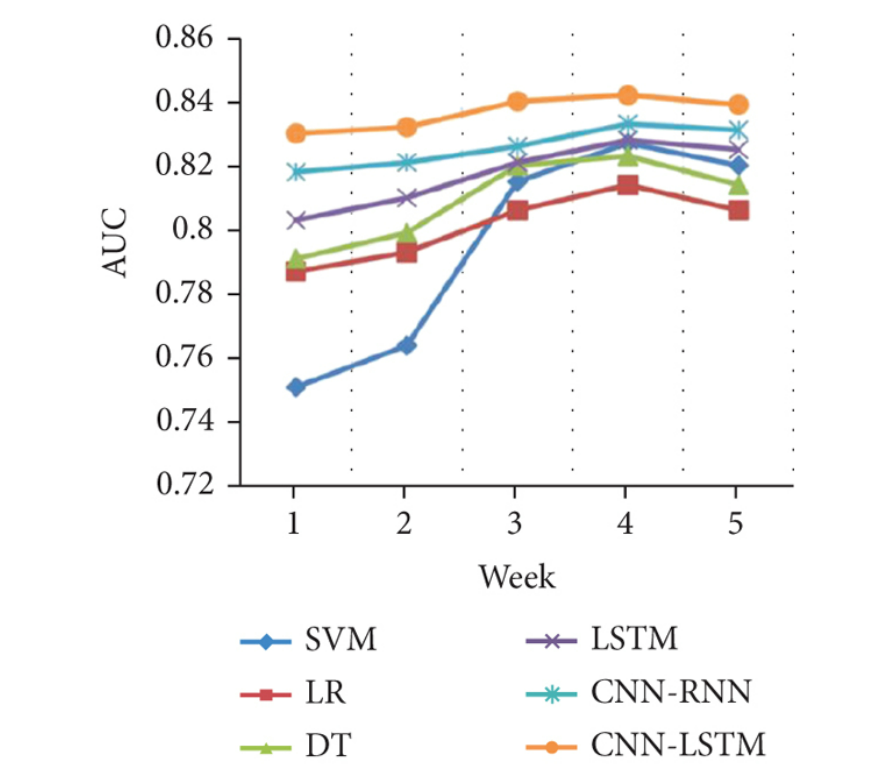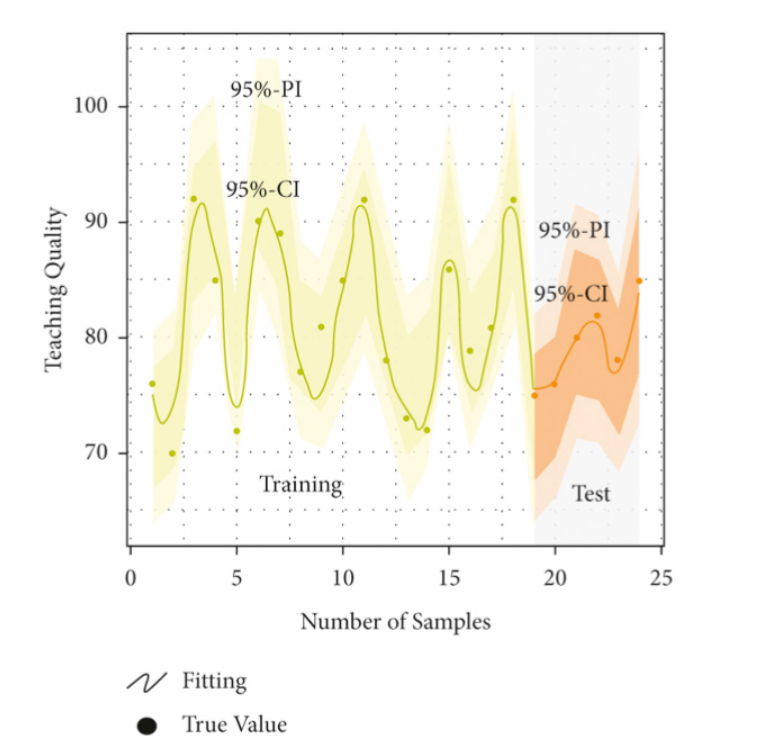 An open access journal
An open access journal
AI in Finance: Driving Innovation and Risk Management in the Financial Industry
Abstract
This paper examines the significant role of artificial intelligence (AI) in the finance sector, focusing on how AI technologies are driving innovation and enhancing risk management practices. Through a comprehensive analysis of case studies and industry reports, the study explores how AI-driven solutions such as algorithmic trading, fraud detection, and credit scoring are transforming various aspects of financial operations, including investment decisions, regulatory compliance, and customer service. It discusses the potential benefits of AI in improving trading efficiency, reducing operational costs, and mitigating financial risks, while also addressing challenges related to algorithmic bias, cybersecurity, and regulatory oversight. Additionally, the paper examines the role of AI in enabling more accurate financial forecasting, by analyzing large datasets and identifying market trends and anomalies. Furthermore, it discusses the importance of ethical considerations, transparency, and explainability in the deployment of AI in finance, to ensure fairness and accountability in decision-making processes. The findings highlight the transformative impact of AI in creating more resilient, adaptive, and competitive financial ecosystems in the digital age.
Share and Cite
Article Metrics
References
- Angel, A., & McCabe, S. (2013). Machine learning-based high-frequency trading strategy using deep neural networks. Quantitative Finance, 18(11), 1749-1768.
- Ben-Haim, Y., Dembo, R. S., & Hauser, R. (2015). An artificial intelligence approach to short-term portfolio selection: The case of the S&P 500 exchange-traded funds. The Journal of Investing, 24(4), 87-98.
- Brogaard, J., Hendershott, T., & Riordan, R. (2014). High-frequency trading and price discovery. Review of Financial Studies, 27(8), 2267-2306.
- Chaudhuri, S. (2018). Big data and analytics in banking: Implications and applications for risk management. Wiley.
- Gorton, G., & Rosen, R. J. (2017). Cryptoassets: The Innovative Investor's Guide to Bitcoin and Beyond. McGraw-Hill Education.
- Kearney, A. T. (2019). AI in financial services: From cost saver to revenue generator. A.T. Kearney.
- Lipton, Z. C., Berkowitz, J., & Elkan, C. (2015). A critical review of recurrent neural networks for sequence learning. arXiv preprint arXiv:1506.00019.
- World Economic Forum. (2019). The New Physics of Financial Services: Understanding how artificial intelligence is transforming the financial ecosystem.

